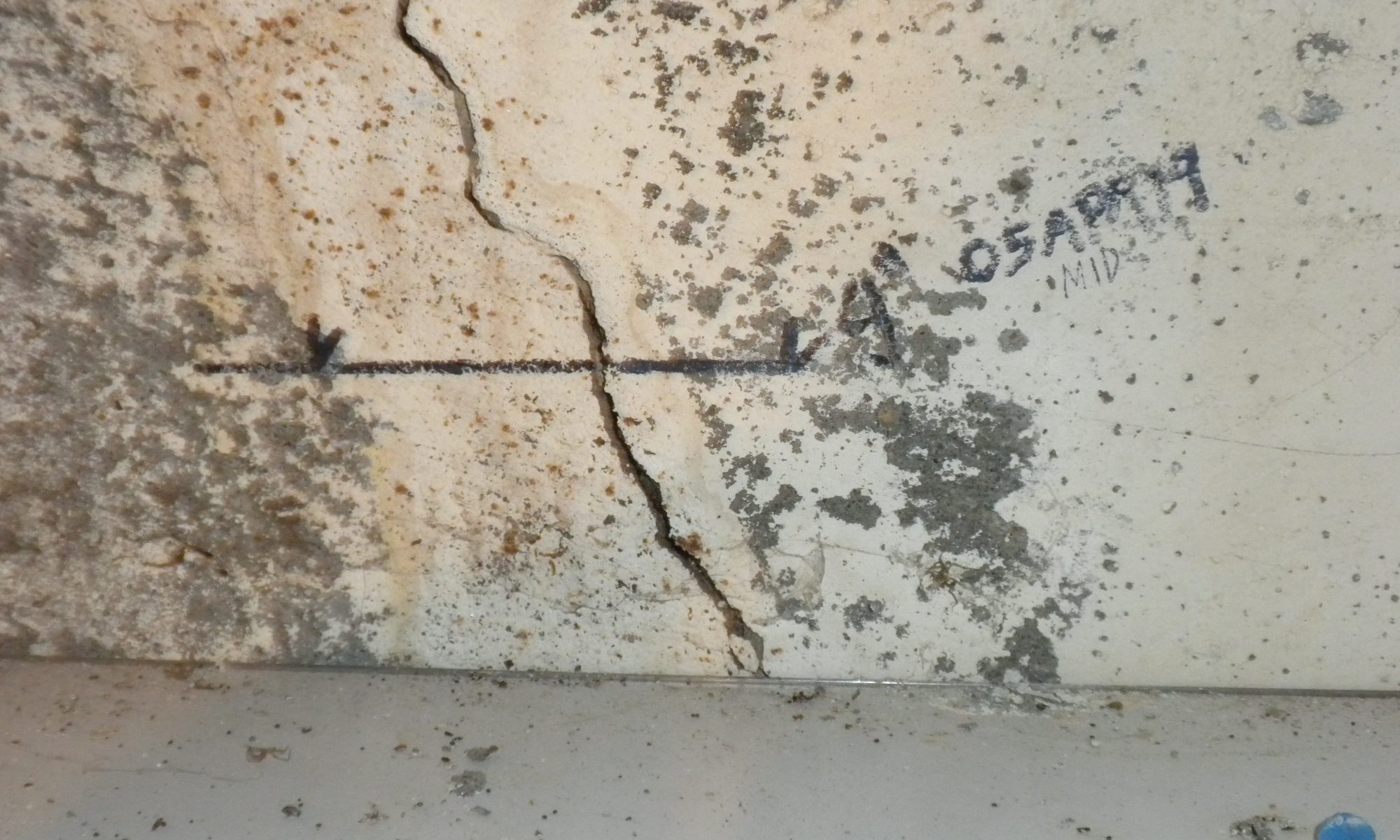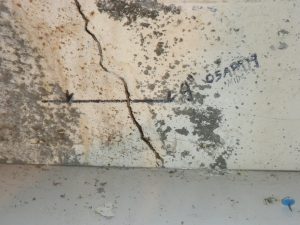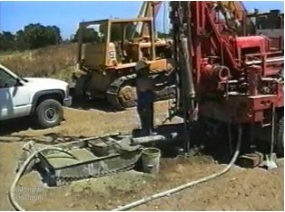
One of the ways that the residential codes are more permissive than general building codes is their treatment of geotechnical investigations. Conventional residential construction is lightweight and the prescriptive foundation design provisions in the code are very conservative, yet typically cost-effective. There are circumstances, however, when performing a geotechnical investigation is beneficial or necessary for a residential project. Therefore, the decision as to whether to perform a geotechnical investigation warrants more attention then it usually receives.
Continue reading “When to Perform a Geotechnical Investigation for Residential Construction”

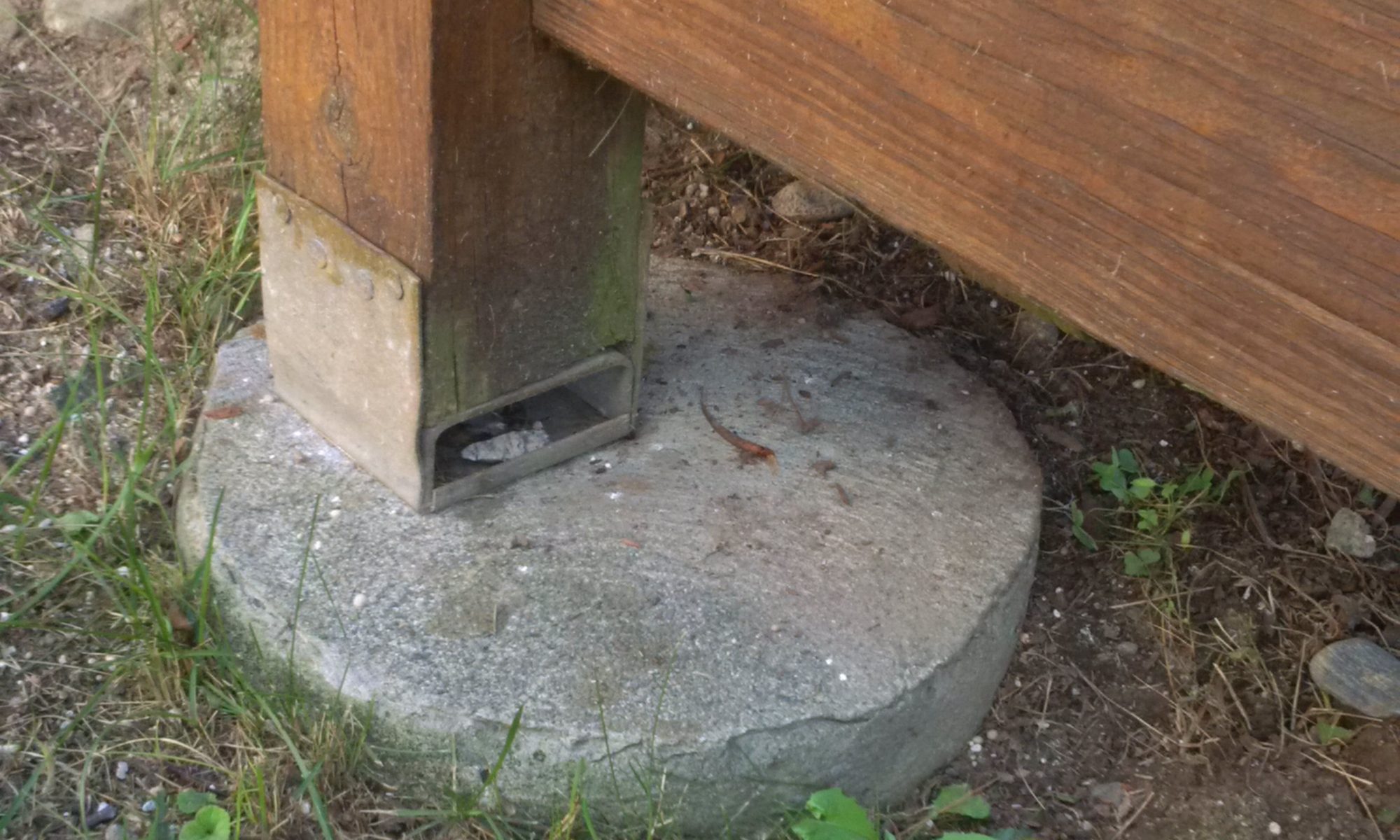
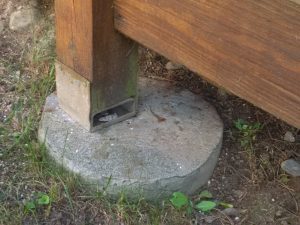 Depending on where you live, pier foundations are a common foundation type for residential structures. A pier foundation is a foundation type usually constructed of concrete or masonry that is relatively short compared to its width; a pier’s height will typically be less than 12 times its width or diameter (NYCBC 2014, 1801). Like a footing, piers derive support through end bearing on soil or rock. However, footings are wider than the elements they support and usually shorter in height than the walls or columns they support. Thus a footing transfers load to the ground in bending, while a pier transfers load in direct compression alone.
Depending on where you live, pier foundations are a common foundation type for residential structures. A pier foundation is a foundation type usually constructed of concrete or masonry that is relatively short compared to its width; a pier’s height will typically be less than 12 times its width or diameter (NYCBC 2014, 1801). Like a footing, piers derive support through end bearing on soil or rock. However, footings are wider than the elements they support and usually shorter in height than the walls or columns they support. Thus a footing transfers load to the ground in bending, while a pier transfers load in direct compression alone. 